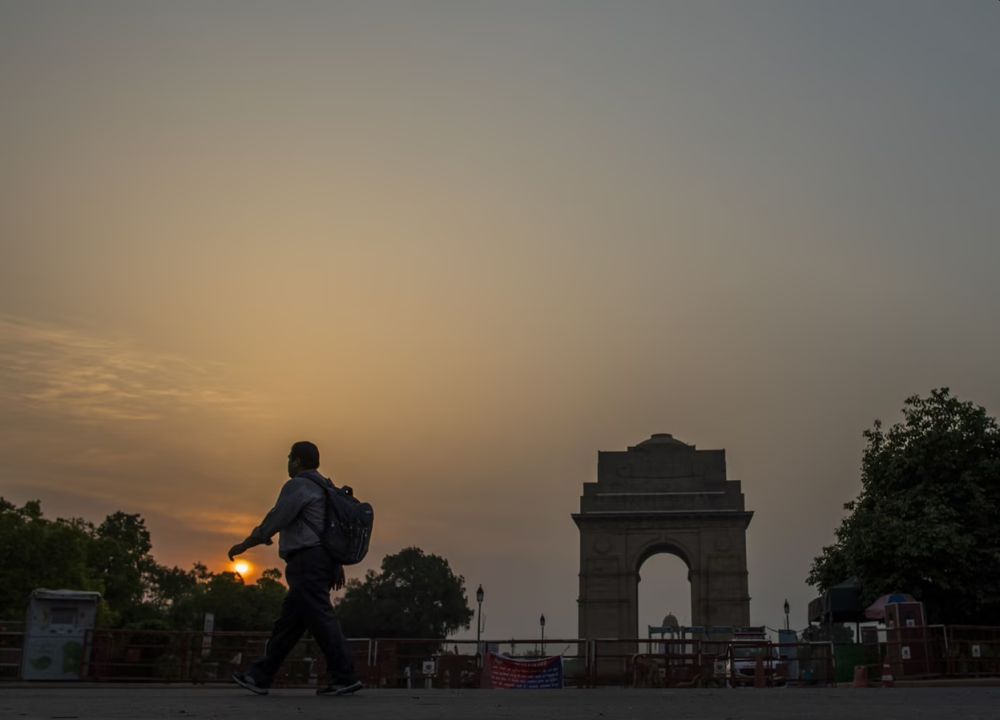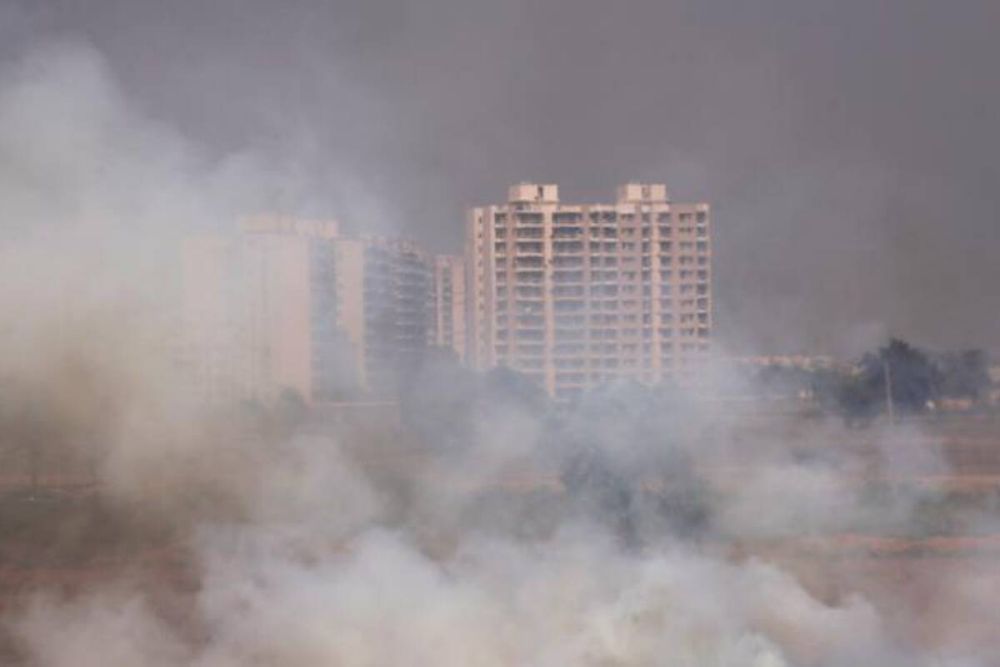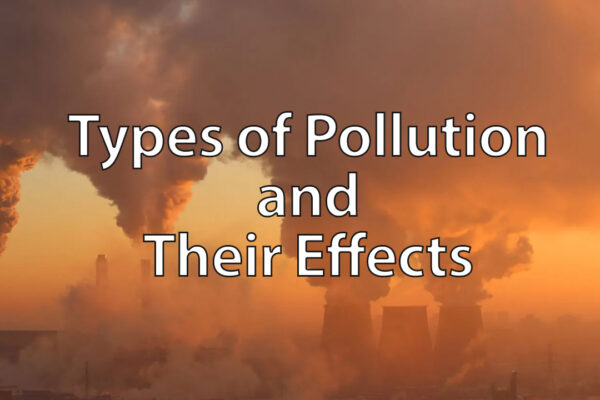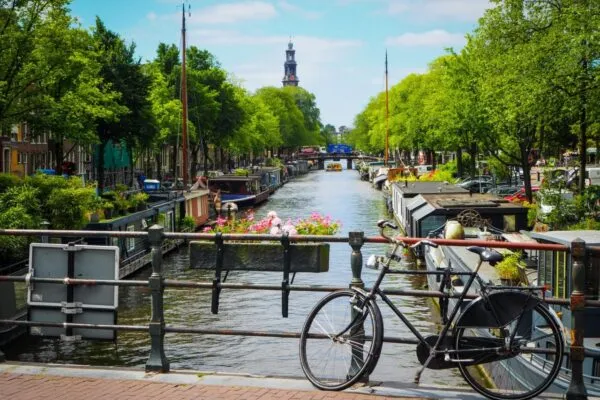It’s Stubble Burning Season! Delhi Enters into Another Phase of Pollution as Air Quality Plunges
As the monsoon withdraws, the stubble burning season begins in north India, shrouding the region in smog. Every year, air quality in the country’s northern region takes a big hit as farmers burn crop residues during this season. Last year too, the national capital of India experienced “very poor” to “severe” air quality as a smoggy haze settled over the city for weeks and the authorities had to declare a public health emergency. And, this year is no exception. Recently, the air quality in Delhi has plunged due to stubble burning, days after the state government introduced stricter measures to fight chronic air pollution.
This year, Delhi’s air pollution saga began as Air Quality Index (AQI) rose past 270 on Friday, according to System of Air Quality and Weather Forecasting and Research (SAFAR), India’s main environment monitoring agency. This change in the air quality came as soon as agricultural fires in the neighbouring states sent smoke billowing across the city.
The air pollution levels are spiking in Delhi-NCR – shifting from poor to hazardous – as Punjab and Haryana record a higher number of stubble burning incidents this season so far, compared to the same period last year. As of October 19, 2020, different parts of the capital recorded pollution levels between 150-300, with the winds from the northwest region bringing pollutants from farm fires and worsening the already poor air quality in Delhi.
The Indian national capital, which is one of the world’s most polluted cities, had relief from air pollution until September, mostly due to the nationwide coronavirus lockdown. But, with resumed industrial activities and transportation services, air quality in the city has once again dropped down to unhealthy levels. On top of that, the burning of stubble has fueled the already bad air quality.

Air quality in Delhi has plunged due to stubble burning | Image: Prashanth Vishwanathan/Bloomberg
Delhi’s relation with air pollution is quite old, though not as old as the city itself. The city suffers from air pollution caused by road dust and construction industry, with comparatively smaller contributions from the unclean engines in transportation, especially diesel-powered city buses, trucks, and 3-wheelers. Besides, as the month of October comes, farmers in Haryana and Punjab set fire to their post-harvest fields to clear them, and the air quality dips to the “severe” category on the AQI.
Also Read: Hydrogen-Based Fuel Technology to Eradicate Delhi Air Pollution
The smoke discharged from stubble burning travels to New Delhi, increasing the air pollution in the city of over 20 million people and worsening the public health crisis. According to health experts, high air pollution levels over a prolonged time period have compromised the disease resistance of people living in New Delhi, making them more susceptible to the ongoing coronavirus disease.

Air quality in Delhi has plunged as the stubble burning season begins in Punjab and Haryana | Image: Reuters
Over the years, the authorities have felt public pressure to tackle the root cause of the problem. Launched last year, the Graded Response Action Plan (GRAP) was thought to be a flawless system to bring the air pollution under control. The GRAP included various methods to combat poor air quality such as the introduction of the odd-even car rationing scheme, stopping the entry of trucks into the city during winter months, and ban on construction.
The government has spent crores of rupees on efforts to curb stubble burning that results in drastic air pollution. Moreover, various research institutions have been trying to find an eco-friendly solution to the issue of crop residue burning. Indian Agricultural Research Institute (IARI) says that it has developed a microbial liquid solution that softens crop stubble and turns it into compost, thus providing an environmentally-friendly alternative to the stubble burning.
Recently, the Supreme Court stepped in and appointed a one-man panel consisting of retired judge Justice Madan B Lokur to monitor state initiatives to curb stubble burning, while the Delhi government and the Centre are looking at ‘Pusa Decomposer’ – a fungi capsule developed by IARI, to prevent stubble burning.
But, despite allocating crores to curb air pollution, the problem still persists, as most people remain ignorant of the harmful effects of stubble burning, and those who understand choose to turn a blind eye to the problem.


